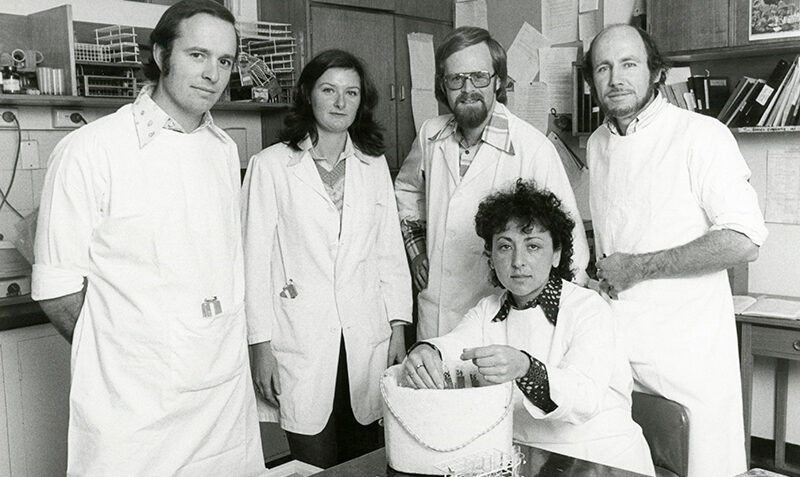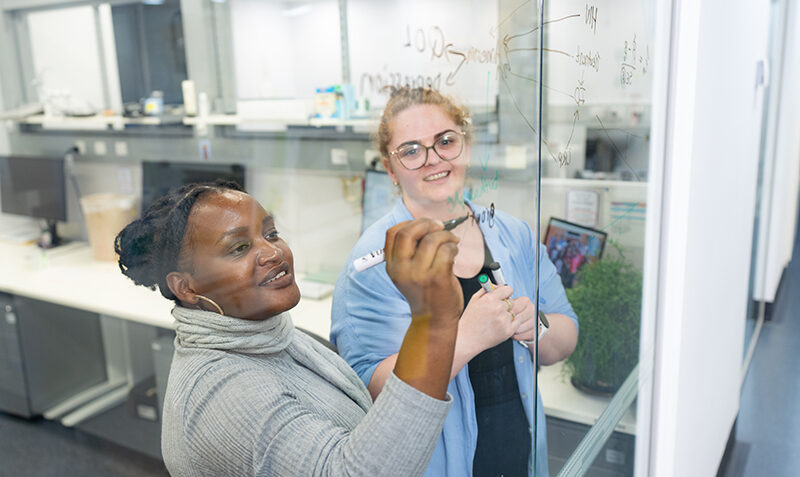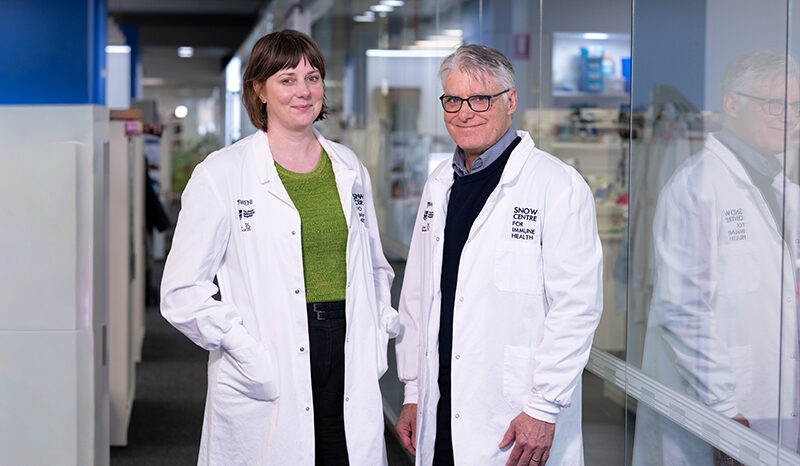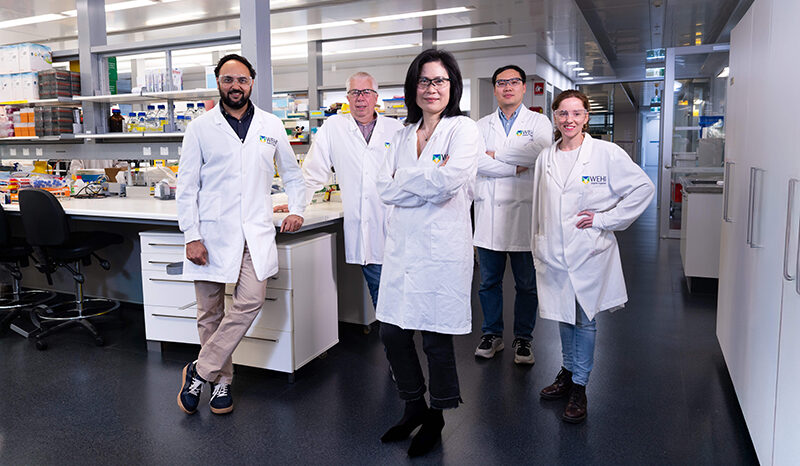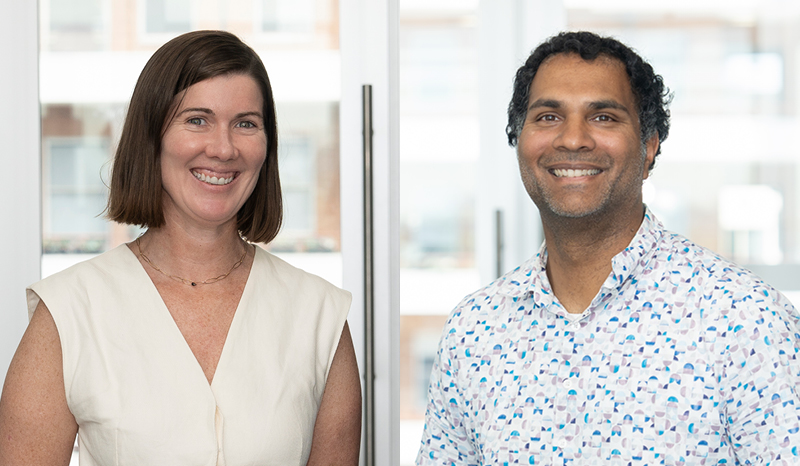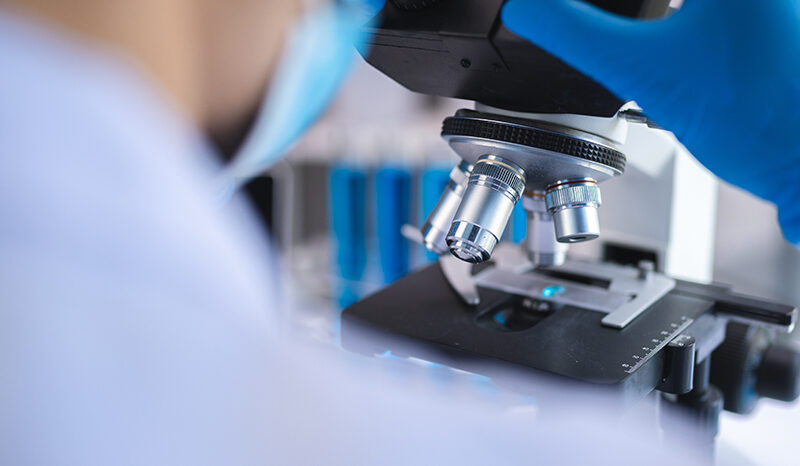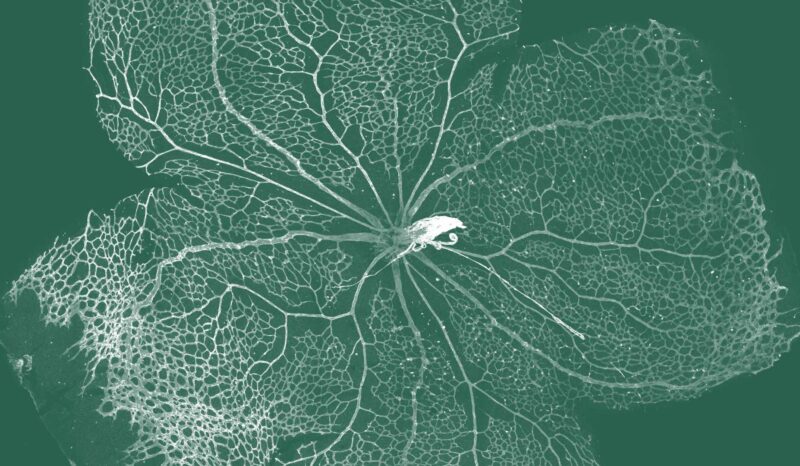Fifty years ago, a bold idea took root at WEHI.
Then director Professor Gus Nossal brought together a small team of researchers with a powerful mission: to harness the cutting edge of biomedical science to tackle diseases that hit the world’s most vulnerable the hardest.
With that vision and a modest pool of seed funding, the Parasitology Unit was born. What followed has been transformational, cementing Australia as one of the epicentres of parasitology research.
From decoding the deadly secrets of malaria to developing research tools used by scientists around the globe, those pioneers have shaped the way we understand – and fight – infectious diseases.
The initial hub evolved into the Infection and Global Health division, co-led by Associate Professor Chris Tonkin and Professor Ivo Mueller. The division’s 11 laboratories now tackle health challenges affecting billions worldwide, from malaria and tuberculosis to anaemia and COVID-19.
We sat down with Assoc Prof Tonkin to reflect on five decades of progress and the vision that continues to drive this critical work forward.



